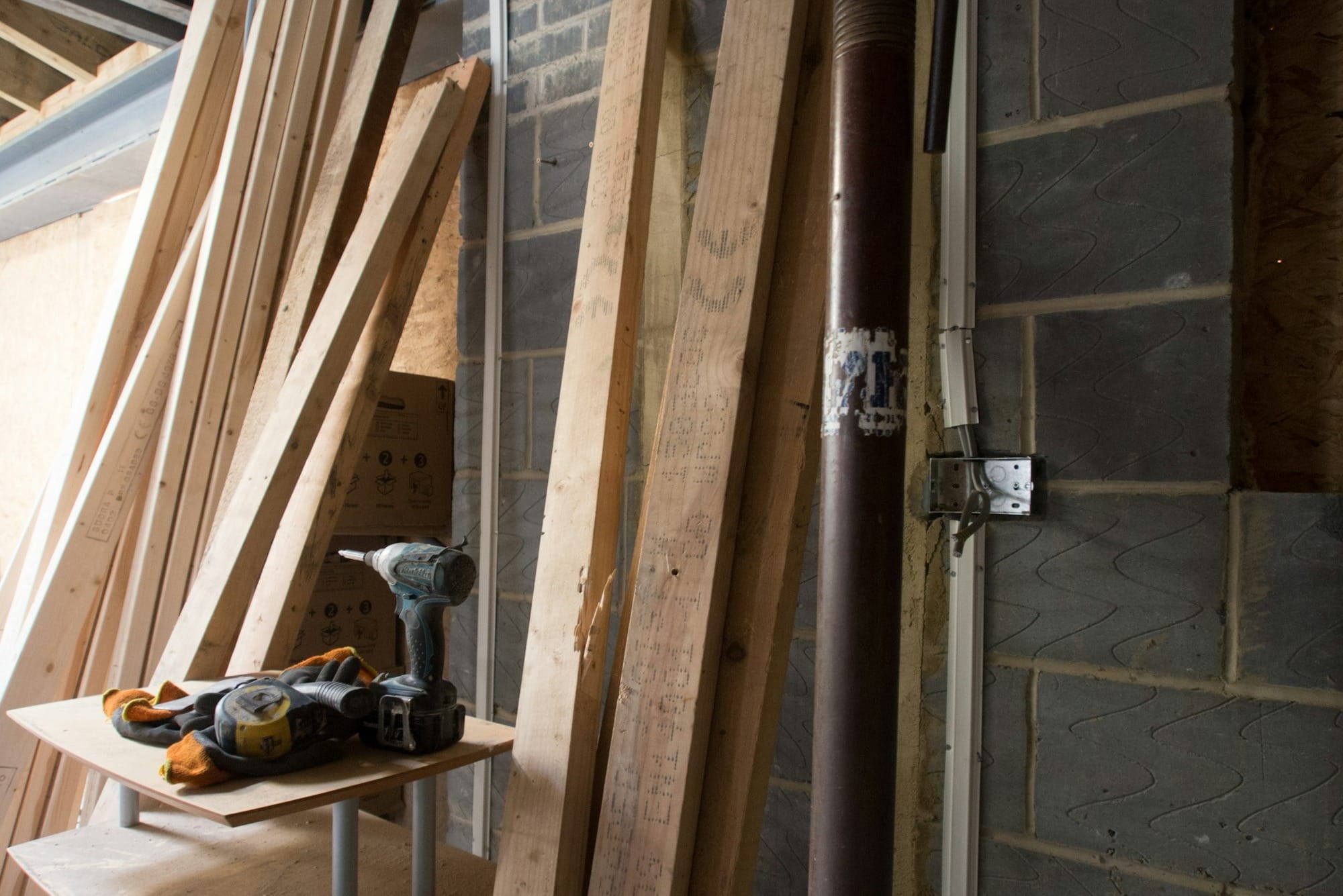When it comes to helping the elderly stay safe and comfortable in their homes, home improvement adjustments are often a necessity. These modifications not only help in preventing accidents but also promote a sense of independence. However, the costs involved can vary widely based on several factors. Understanding these costs is crucial for making informed decisions and planning effectively.

Factors Influencing Home Improvement Costs
There are several factors that influence the cost of home improvements for the elderly. These include the type of modification, the extent of customization, regional labor costs, and material choices. Other elements that can affect costs are the age and condition of the home, as older structures may require additional work to update to current standards.
Common Home Improvement Projects for the Elderly
Here are some of the common home improvement projects that are often necessary for elder-friendly living environments:
- Bathroom Modifications: Installing grab bars, walk-in bathtubs, or curbless showers can range from $200 to $5,000, depending on complexity.
- Ramps and Stairlifts: Adding a wheelchair ramp costs anywhere from $1,500 to $4,000, while stairlifts can be priced between $2,000 and $15,000.
- Widening Doorways: This modification often costs between $300 and $800 per doorway, but it may be essential for wheelchair access.
- Flooring Changes: Non-slip flooring solutions can drastically reduce the risk of falls. The cost for new flooring typically ranges from $3 to $10 per square foot.
These are just a few examples, but each home and individual have unique needs that could affect the budget.
Cost Management Strategies
Managing expenses effectively requires careful planning and consideration of available resources.
- Prioritize Projects: Focus on modifications that address immediate safety concerns, allowing for phased upgrading in the future.
- Seek Financial Assistance: Many programs and grants, like those offered by the U.S. Department of Veterans Affairs or the Federal Housing Administration, can offer financial assistance. Check out more at VA Housing Assistance and HUD 203(k) Rehabilitation Mortgage Insurance.
- DIY Where Possible: Simple tasks, such as installing railings or adhesive grab bars, may be done without professional assistance, thus cutting costs.
Hiring Professional Services
Undoubtedly, many home improvement projects may require professional intervention. Hiring certified professionals ensures that the job is done right. An experienced contractor or occupational therapist specializing in eldercare adaptations can provide valuable insights. Before assigning a project, always seek multiple quotes and reviews to get the best quality and price.
The Role of Technology
Technology has significantly eased the adaptations necessary in the homes of the elderly. Smart home devices like automated lights, voice-activated systems, and emergency alarms enhance both security and convenience. Though these upgrades may seem costly initially, they offer long-term benefits and peace of mind for both the elderly and their families.
Conclusion
While home improvement costs for the elderly can seem daunting, a clear understanding of necessities, available resources, and cost-effective options can make the process manageable. Ensuring an elder-friendly home is not only about modifying structures but also about maintaining a quality life and promoting independence for seniors. Always consider consulting with experts to get tailored solutions that can give the best results within your budget.

